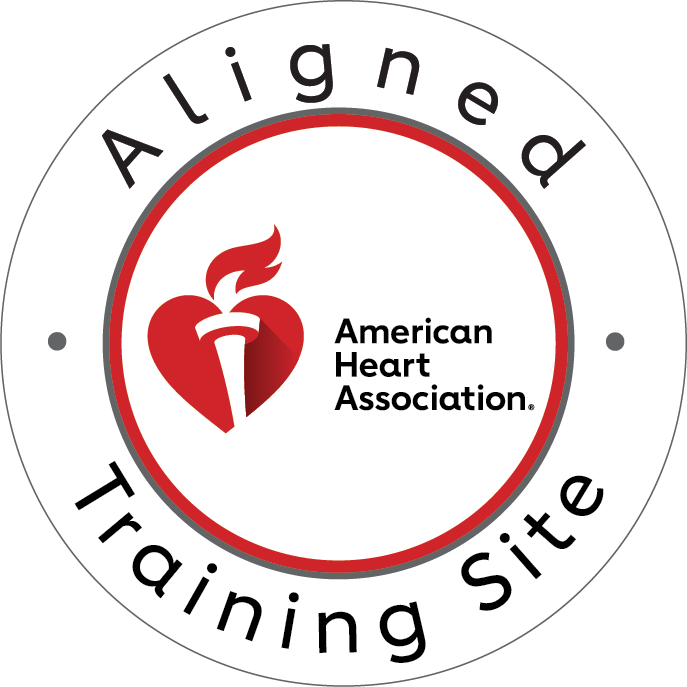Enhancing Lifesaving Skills with ACLS Provider Certification at Willow Grove CPR
When it comes to responding effectively to life-threatening situations, knowledge and skill in Advanced Cardiovascular Life Support (ACLS) can be the difference between life and death. Willow Grove CPR stands as a beacon of expertise in providing American Heart Association (AHA) ACLS Provider Certification. In this article, we delve into the nuances of respiratory arrest, offering valuable insights to potential ACLS students.

Understanding Normal and Abnormal Breathing
Understanding the intricacies of breathing is fundamental for any healthcare provider. A normal respiratory rate for adults at rest ranges from 12 to 20 breaths per minute. The tidal volume, around 6 to 8 mL/kg, plays a crucial role in maintaining proper oxygenation and CO2 elimination. Tachypnea, a respiratory rate exceeding 20 breaths per minute, and bradypnea, a rate below 12, signify abnormalities. Hypoventilation, a rate below 6 breaths per minute, necessitates assisted ventilation with a bag-mask device or advanced airway with 100% oxygen.
Unlocking Respiratory Arrest
Respiratory arrest, characterized by the absence of breathing, can stem from events like drowning or head injuries. In cases of adult respiratory arrest with a pulse, providing a tidal volume of approximately 0-600 mL (6 to 7 mL/kg) is vital. This technique facilitates visible chest rise, an indicator of effective ventilation.
Essential Techniques for Basic Ventilation
Effective ventilation techniques are paramount in ACLS. Among these techniques, bag-mask ventilation stands out. Bag-mask devices, comprising a ventilation bag connected to a face mask, offer positive-pressure ventilation. Delivering 500 to 600 mL tidal volume over a second to produce chest rise is crucial.
Bag-Mask Ventilation: A Skillful Approach
Bag-mask ventilation, a cornerstone of emergency ventilation, requires precision. For single rescuers during CPR, using a pocket mask for ventilation is recommended. However, for two rescuers, the E-C clamp technique ensures effective ventilation. One rescuer circles the mask's top, forming a "C" with thumb and first finger, while the other lifts the jaw, creating an "E". Both providers monitor chest rise.
Fine-Tuning Bag-Mask Ventilation
Bag-mask devices offer universal connections for varied adjuncts. These may include one-way valves to prevent rebreathing exhaled air, oxygen ports for supplemental oxygen, medication ports, and suction ports for airway clearance. Selecting an appropriately sized oropharyngeal airway is crucial for successful ventilation.
Expert Insertion of Oropharyngeal Airway (OPA)
Proper insertion of an OPA requires skill. Inserting the OPA so it curves upward toward the hard palate facilitates correct positioning. Monitoring patients for effective airway maintenance and suctioning as needed ensures patient safety.
Cautionary Measures
While OPAs are invaluable tools, careful insertion is essential. Incorrectly sized or inserted OPAs can obstruct airways or cause trauma. Stimulating vomiting and laryngospasm is a risk if patients possess a cough or gag reflex.
Conclusion
With Willow Grove CPR's meticulous training in ACLS Provider Certification, mastering these techniques becomes more than just a skill; it becomes a life-saving endeavor. The expertise offered ensures that healthcare providers are equipped to handle respiratory emergencies with confidence and precision. Discover the world of ACLS with Willow Grove CPR, where proficiency meets compassion in every breath.
If you're in need of American Heart Association ACLS Provider Certification See the below links for upcoming ACLS classes in the Philadelphia Region:
ACLS Provider Certification for First Time Learners: https://www.willowgrovecpr.com/classes/acls-initial-certification
ACLS Renewal Certification Course: https://www.willowgrovecpr.com/classes/acls-renewal-certification
ACLS & BLS Renewal Class: https://www.willowgrovecpr.com/classes/acls-bls-renewal-classes




